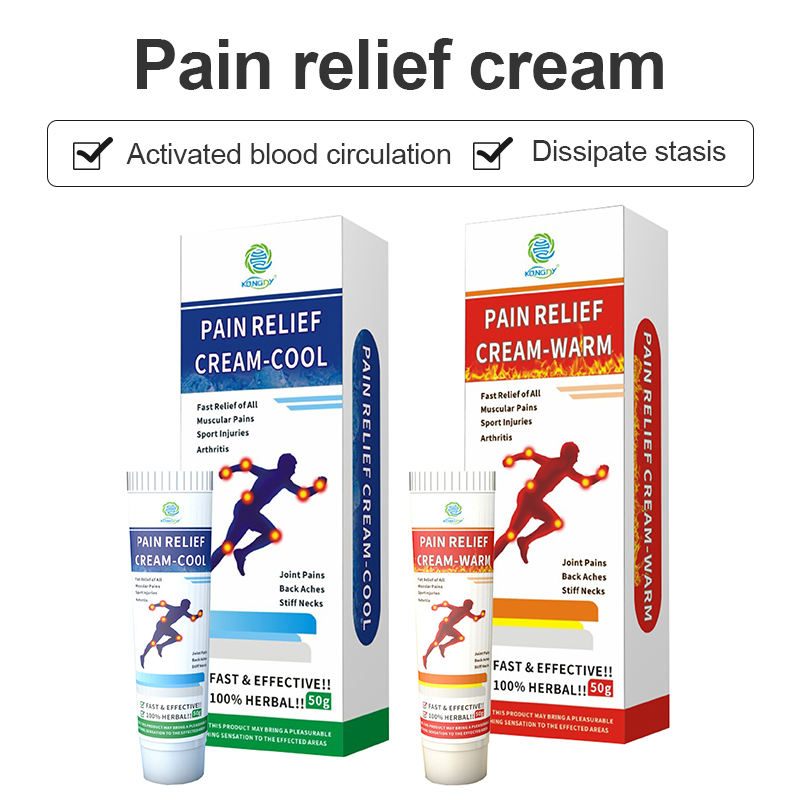The pain cream manufacturing industry has undergone a remarkable transformation over the past decades, with modern facilities revolutionizing how topical pain relief products reach consumers. Today’s Pain Cream Factory represents a perfect blend of pharmaceutical expertise and manufacturing innovation.
Consumer safety and product efficacy drive every aspect of production. The industry has moved away from simple menthol-based formulations to develop sophisticated combinations of active ingredients that target different types of pain. Modern facilities invest heavily in research to understand how various compounds interact with skin barriers and pain receptors.
The economic impact of these facilities extends beyond direct employment. A typical Pain Cream Factory creates numerous auxiliary jobs in transportation, packaging supply, and quality testing services. The industry also supports local economies through partnerships with raw material suppliers and distribution networks.

Global demand for topical pain relief solutions has led to increased automation and production capacity. However, the human element remains crucial, with skilled professionals overseeing critical processes and quality control measures. These facilities often provide specialized training programs to maintain a skilled workforce capable of operating sophisticated equipment.
Regulatory compliance shapes every aspect of production. Facilities must adhere to Good Manufacturing Practices (GMP) and maintain certifications from various health authorities. This commitment to quality has helped establish trust with healthcare providers who recommend these products to their patients.
The future of pain cream manufacturing lies in personalization and sustainability. Facilities are exploring ways to create customized formulations for different patient needs while reducing their environmental footprint. Advanced analytics and artificial intelligence are being integrated into production processes to optimize efficiency and maintain consistent quality.
Recent innovations include smart packaging that can monitor product temperature during shipping and new delivery systems that enhance ingredient absorption. These developments demonstrate the industry’s ongoing commitment to improving patient care through technological advancement.






